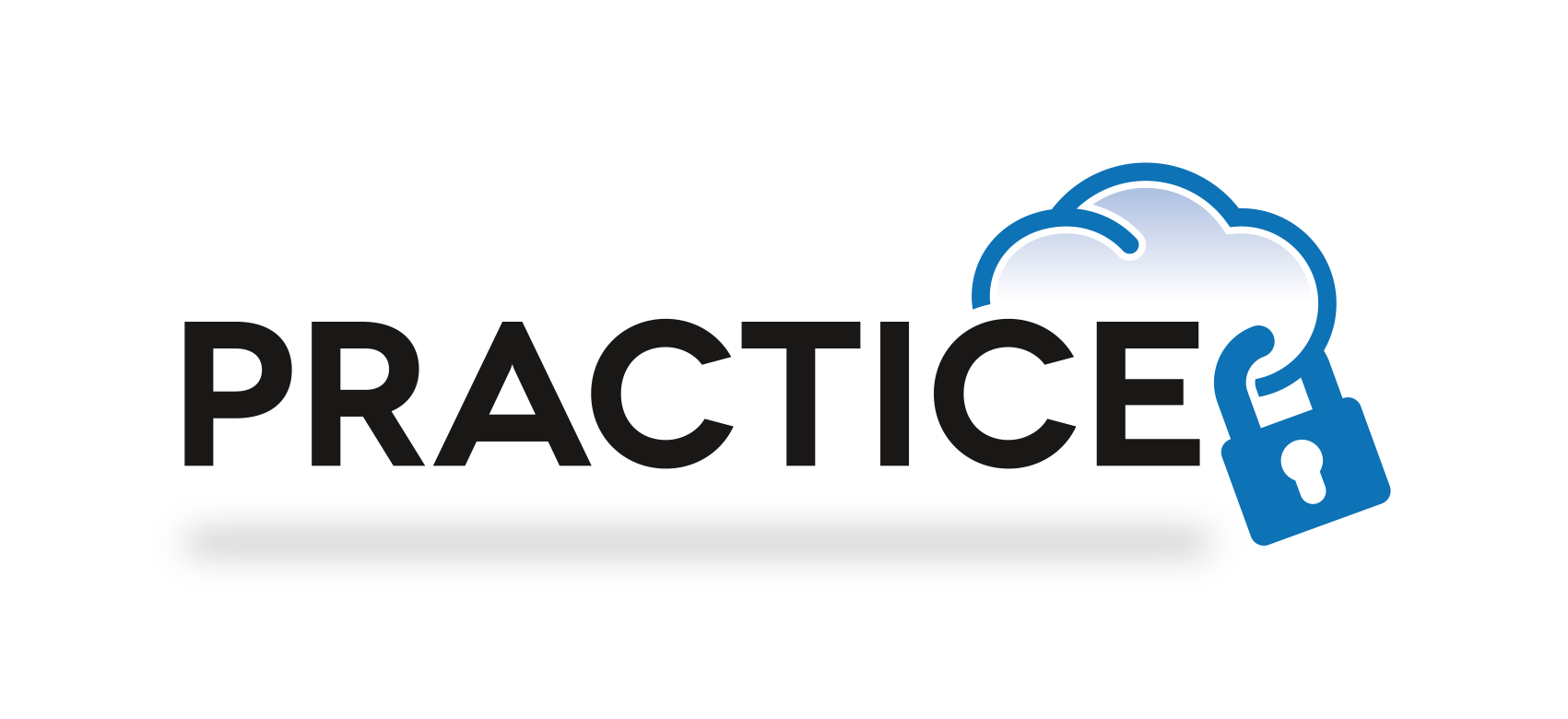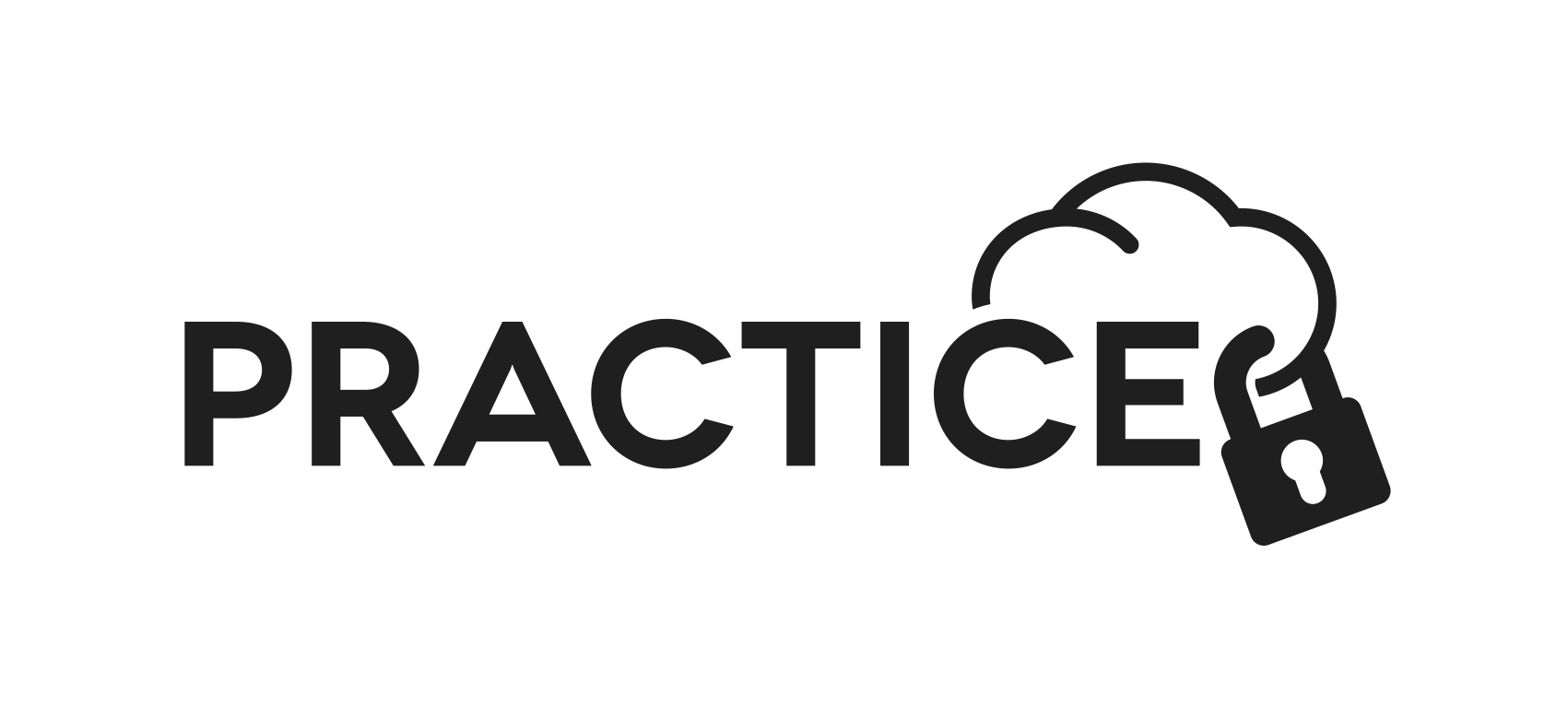Expected impact
Secure computation and secure computation services for the cloud have a potential of being a disruptive technology that will change the economics of technology development and deployment. The ability to provide cryptographic and more general secure computation services in the cloud, combined with the tools and applications that are adapted for using this secure computation framework, can bring forth new economic and technological opportunities for Europe, and new efficiencies from which multiple sectors of industry in Europe will benefit. A few improvements that could follow the development and deployment of PRACTICE technologies are listed below.
- Harmonization of regulatory, organizational, and user requirements for data access will become possible because of the unifying and verifiable framework that is provided as a set of security services. Such requirements will also be easier to formulate because it will not be necessary to adapt them to each application and each environment. Harmonized requirements greatly improve the economics of providing services.
- Organizations will have access to much more information about their business environment than ever before and will be able to make better decisions to drive their work forward. This will be possible without violating anyone’s privacy.
- Secure computation services can increase the openness in society, by encouraging the fair exchange of information and enforcing fundamental rules of security and privacy in distributed environments under the control of multiple unconnected providers.
Progress
During the first project phase, corresponding to the first project year, the focus was placed on the analysis of existing techniques, application specifications and security requirements. All work packages initiated work and produced altogether 10 Deliverables (including this first Periodic Report) throughout the first project year.
During the second project phase, corresponding to the second project year, the focus was to support works on all project topics including defining application and protocol specifications, as well as developing various architecture designs and secure platforms. All work packages produced altogether 15 Deliverables and 2 Milestones throughout the second project year.
During the third project phase, corresponding to the third project year, the main objectives/milestones were pursued and achieved across the work package boundaries. In period 3, the project successfully reached two milestones:
Milestone 6 (MS6) was about domain specific prototypes and efficient verifiability of secure computation functionalities. These goals were reached through cooperation of WP13, WP23 and WP24 and the submission of D23.2, D23.3, D24.4 and D13.2 in April 2016 (M30).
Milestone 7 (MS7) focused on architecture protocols and demonstration, prototype results, legislative developments and workshops. These goals were reached through cooperation of WP13, WP14, WP21, WP22, WP23, WP24, WP31 and WP32. Furthermore, D21.3, D13.2, D14.3, D22.4, D23.4, D14.4, D13.4, D24.5, D31.3 and D32.3 were successfully submitted within this milestone.
The progress achieved by all work packages within the first and second project year is in line with the initial plan and can be summarized as follows:
(Click on the '+' to expand/collapse categories)
Expand all | Collapse all
 WP11 (Analysis of Existing Techniques)
WP11 (Analysis of Existing Techniques)

